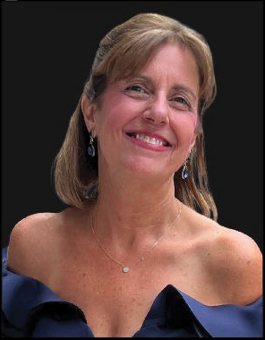LSU’s been running on empty, bent on getting balanced production
Published 9:11 am Thursday, October 17, 2024
It’s the most intriguing mystery for LSU football at the midway point of the season. And, with an improving defense, solving it might be the last missing piece of the puzzle for the Tigers.
To wit: Why can’t LSU run the blasted football?
The Tigers seemingly have the capable running backs, maybe even some budding stars if there was more running room. The offensive line, with potential first-round NFL picks Will Campbell and Emery Jones at the two tackles, is one of, if not the best in the nation at pass protection.
Trending
LSU has allowed two sacks in six games, by far the best in the Southeastern Conference. Only three NCAA teams have given up one, and none are nearly as pass-happy as the Tigers.
“We’re really good at that,” Kelly said of pass protection.
That’s as good a reason as any that LSU is second in the SEC in passing (337 ypg) and quarterback Garrett Nussmeier leads the league with 18 touchdown passes.
Yet the Tigers are 15th in the 16-team conference in rushing at 123.3 yards per game, which ranks No. 99 in the nation.
“We’re exceptional pass blockers,” Kelly said. “We need to be exceptional run blockers, too, and we’re capable of that.”
Like most coaches, Kelly said he would like to see his offense approach a 50-50 balance of pass and run.
Trending
Not even close.
Factoring in the four games against Power Four conferences, LSU threw 174 times against 109 running plays.
In last week’s comeback win over Ole Miss, there were 51 passes to 24 rushing attempts.
The Tigers’ braintrust analyzes every play, of course.
In their grading system, a running play falls into two categories to be considered a success.
a Gains 4 yards or more.
a Picks up a first down at a crucial juncture — i.e., if it’s third-and-1, a 1-yard run is a success.
There is some gray area, Kelly said — “3.8 or 3.9 yards, we consider them a wash.”
Against Ole Miss, the Tigers ran the ball 23 times, so by that grading scale, nine were successful, 10 were unsuccessful and four were a wash.
That comes to a 39 percent success rate, or 47 percent if you throw out the “washes.”
Either way, it’s not what the Tigers are looking for.
“We want about a 65 percent success rate in the running game,” Kelly said. “We’re not there yet, and we’ve got to get there to be the kind of offense we want to be.”
He’s quick to note that it’s not one thing holding back the running game.
“The unsuccessful plays were across the board,” he said of the Ole Miss game, in which Nussmeier’s key 14-yard scramble was the Tigers’ longest run and one of two of longer than 10 yards.
“It was not pushing (up front) and cracking the safety; it was the quarterback not getting us into the right play; the running back not reading the correct hole or hitting it the right way; the tight end not reaching the (defensive) end and allowing (the end) to stretch the outside zone.”
“We’re not all in synch with all of our guys coming together in the running game, and we have to do a better job of coaching it on all fronts.”
And, yes, there’s the offensive line.
“The offensive line needs some assistance,” Kelly said, meaning there’s more to it than just the five linemen blocking everybody — backs, tight ends, even wide receivers, also have a role in the blocking.
“They’re culpable, too, but we need some help there and … we are capable of being better in the run game.
“We’re going to be rolling up our sleeves and getting after every day in practice. The guys are committed to it and (with better running) there’s more out there for us.”






